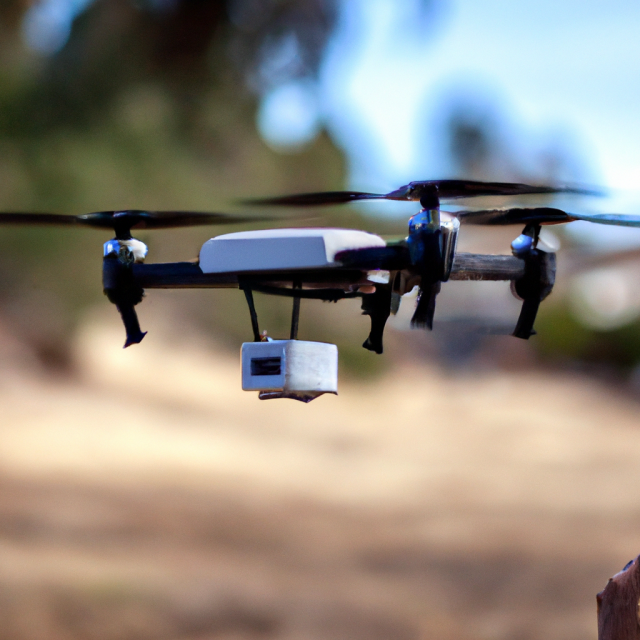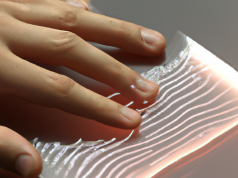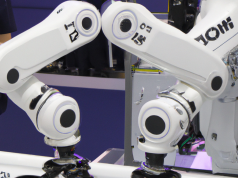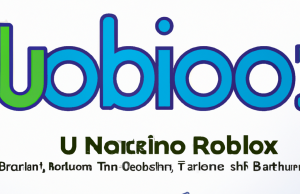On Wednesday, Zipline unveiled a newer version of their electric autonomous drone platform, which has a more precise way of getting parcels delivered to customers’ homes.
In the past, Zipline used parachutes to send packages to a designated area that was about the size of a few parking spaces. Now, the company has created a robot that is the size of a small duffle bag that can maneuver itself down a rope attached to the drone. It then navigates to the targeted area, drops off the goods, and is then zipped back up into the drone.
Jo Mardall, the head of engineering at Zipline, informed TechCrunch that the droid will have a powerful set of sensors, including GPS and vision sensors. This will aid it in navigating and making sure the delivery area is clear of any children, animals, or other hindrances. Similarly, the same types of sensors are aiding the P2 Zip, the updated version of their drone.
The droid is equipped with three fans which aid in keeping its trajectory steady in the face of changing wind or other environmental conditions, resulting in a delivery accuracy of within 2 meters, or 6.5 feet.
The P2 is a fixed-wing aircraft that is capable of carrying up to 8 pounds of cargo and has a range of 10 miles when making a round trip to one dock. Unlike its predecessor, it is also outfitted with four rotors that enable it to hover and perform vertical takeoffs and landings, which is beneficial for both delivery and fulfillment.
Zipline has developed a delivery platform that includes components for docking and charging of drones, which can be set up either attached to a building or as a standalone structure. Once the drones return from delivering their payloads, they will automatically exchange their empty droids for a new one and then fly off to make another delivery. Additionally, Zipline has created specialized software that can connect with third-party systems for inventory management and order tracking, as well as an app for customers and companies to follow their orders in real-time.
Cliffton of Zipline, in a statement, declared that they had constructed something closely resembling teleportation, a comfortable, lightning-quick, and truly wondrous self-sustaining logistics system that caters to every person, regardless of their location.
A handful of companies have pledged to utilize the updated service, including the fast casual salad bowl chain Sweetgreen, though there is no information on when or where the deliveries will begin. Michigan Medicine is an additional new customer that aspires to double the amount of prescriptions it fills annually at its in-house pharmacy.
Intermountain Health, located in the Salt Lake City metropolitan area, is growing its partnership that commenced in October. MultiCare Health System in Washington, an existing customer of the company, will also be utilizing the fresh platform to expedite diagnostics and distribute medications and medical devices to its medical centers, doctors’ offices, and labs.
In conclusion, the administration of Rwanda, Zipline’s initial purchaser, will extend its relationship with Zipline to provide more precise service to residences, motels, and medical facilities in Kigali to initiate, and then outside of that area.
Zipline declared that it will still provide its original delivery system with parachutes in addition to the new service, since they are compatible and can address varied requirements.
Keenan Wyrobek, co-founder and chief technology officer of Zipline, expressed his enthusiasm for their new platform in a statement, noting that it is not only the greatest drone delivery experience, but the greatest delivery experience in general.
Zipline is aiming to have its new system operational by the beginning of next year. This year, they plan to carry out 10,000 flights with around 100 planes in order to test the system.









